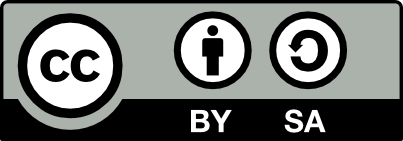KARAKTERISTIK GLIKOGEN TEMILOK (Bactronophorus thoracites) BERMUTU RENDAH SEBAGAI KO-PRESIPITAN ASAM DEOKSIRIBONUKLEAT
Characteristic of Co-precipitant Glycogen extracted from low quality of whole body of temilok (Bactronophorus thoracites) in the precipitation of deoxyribonucleic acid
Keywords:
temilok, glycogen, co-precipitant, nitrogen content, DNA of femurAbstract
Temilok (Bactronophorus thoracites) is one of Teredinidae or family of wood-borer shellfish in fact have a fairly high polysaccharide content, particularly interesting source of glycogen. The object of this experiment is to investigate the impurity contents (nitrogenous compounds and nucleic acids) of extracted glycogen from low quality of temilok based on Nicoletti and Baiocchi glycogen polysaccharide extraction patent method by comprising boiling the whole tissue in an aqueous solution of 40% potassium hydroxide (KOH) and treated with 12% cationic resin Amberlite IR-120 carried out for 16 hours under stirring at room temperature, and the ability of the extracted glycogen as co-precipitant in the precipitation of deoxyribonucleic acid (DNA) of human femur. Nitrogen and nucleic acid content of extracted glycogen were spectrophotometrically measured at 260 nm, 280 nm and 320 nm. Extracted glycogen samples was characterized by determining the glucose content quantitatively using phenol-sulphate method which measured spectrophotometrically at 490 nm . The nitrogen content of extracted glycogen was about 0,8%, yield about 6,5% glycogen characterized as the lowest nucleic acids content i.e 0,07 mg/mL. In order to asses the ability of the extracted glycogen as carrier or co-precipitant of low copy number DNA, we added 20 µL the 2% solution of the extracted glycogen into first step of femur DNA procedure of precipitation. Results revealed that by adding the extracted glycogen solutions, the yield of DNA were not significantly affected at the level of 0,05 though the yield of DNA decreased against blanko about 0,005 ng/µL of 0,0401 ng/µL
Downloads
Downloads
Published
Issue
Section
License
Under this license, others are permitted to share (copy and redistribute the material in any medium or format) and adapt (remix, transform, and build upon the material) for any purpose, including commercial use. Appropriate credit must be given to the original authors, a link to the license must be provided, and any modifications or derivative works must be distributed under the same license. This condition ensures that the original work and all derived content remain openly accessible under identical terms.



